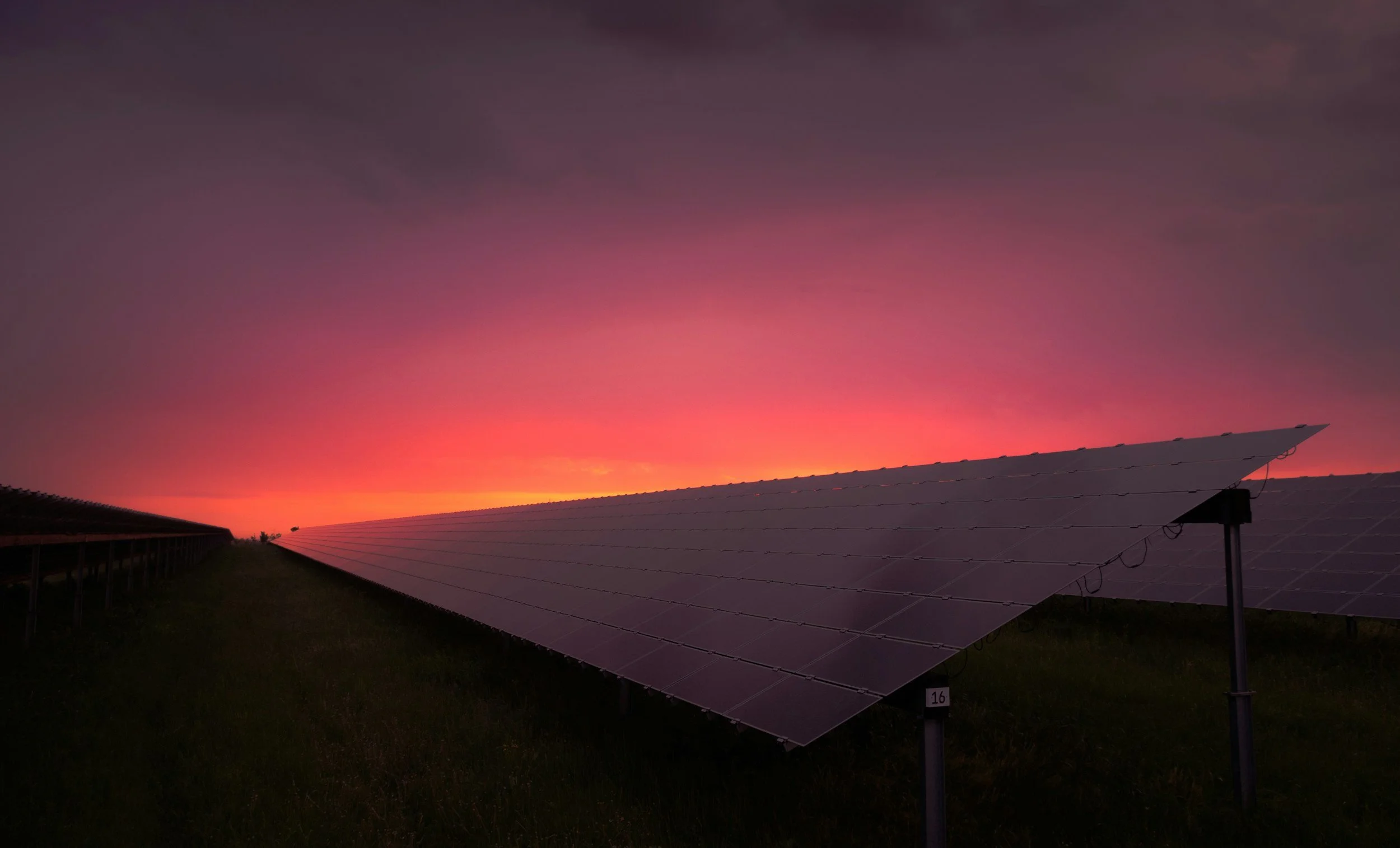Energy Market Update - 15 April 2025
Energy markets opened the week with modest gains, supported by improved sentiment around trade policy and indications of progress in behind-the-scenes peace talks involving Russian gas supply.
Natural gas prices posted small increases on Monday, driven by a mix of geopolitical and physical market factors. European traders reacted to US officials signalling progress in trade negotiations with the EU and a temporary suspension of 10% tariffs for 90 days, which eased some global economic concerns. More notably, comments from European utilities and large consumers acknowledging the potential role of Russian pipeline and LNG supplies in ensuring energy security added weight to speculation of evolving negotiations between Russia and Ukraine. This development raised expectations of a return of Russian gas flows in the medium term. On the supply side, Norwegian flows increased to 323 mcm/day following the resolution of unplanned outages that had previously tightened the market. Despite this recovery, spot prices were still supported by ongoing injections into European storage and increased Italian demand. TTF front-month contracts settled at €34.50/MWh, up from €33.46, while the UK NBP equivalent closed at 85.37p/therm, up from 83.10p. However, prices retreated slightly this morning, with the TTF front-month at €34/MWh. EU storage levels continue to rise slowly, now at 35.58% full, with modest injections recorded yesterday.
UK power prices followed gas market trends, with higher gas prices contributing to moderate gains across the curve. The UK front-month baseload contract settled at £73/MWh, up from £71, and the front-season contract rose to £85/MWh from £83. Day-ahead baseload was recorded at £84.06/MWh. Power fundamentals remain relatively stable. UK system margins are healthy, aided by a warmer weather outlook and average temperatures. Wind generation is forecast to pick up midweek, with solar output also expected to be robust, both of which should reduce short-term gas demand for power generation. On the supply side, the impact of ongoing nuclear outages, particularly at Heysham and Torness, is being absorbed by other sources. Interconnector flows have been broadly balanced, with no major capacity issues.
In wider commodity markets, oil held steady as Brent crude traded at $64.88/bbl. Prices showed little movement amid counteracting influences: optimism about reduced tariffs in the West contrasted with deepening trade tensions between the US and China. China’s announcement of a 125% tariff on US goods, in response to the US raising tariffs on Chinese imports to 145%, has heightened concerns of a prolonged trade war. This dispute is expected to curb global trade volumes, reduce economic growth, and in turn suppress global energy demand. LNG prices have begun to reflect this, with JKM softening slightly to $12.52/MMBtu and expectations of reduced Asian demand possibly resulting in surplus volumes being redirected to Europe. EU carbon prices rose, with EUA December 2025 contracts up to €66.51/tonne from €65.00, while UK ETS prices climbed to £47.02/tonne. Coal prices also edged higher, with the ARA CIF Cal-26 contract settling at $108.92/tonne.
